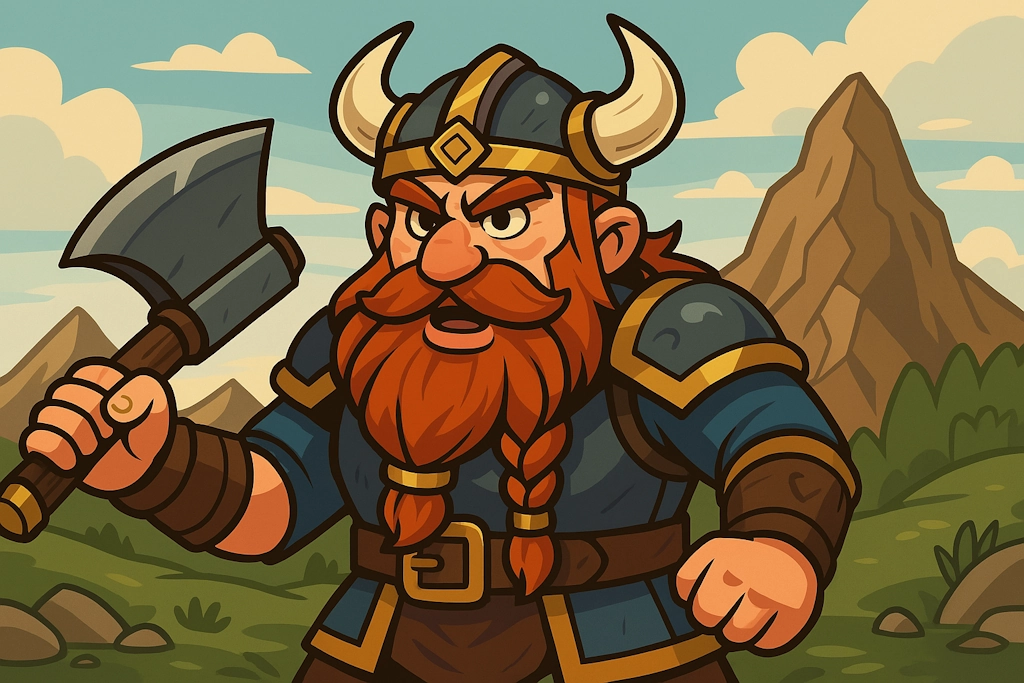♀️Dwarves Names(Female)
Generate traditional Norse dwarf names for underground kingdoms, master craftsmen, and mountain-dwelling warriors.
Choose your style:

Dwarves Names
Generate traditional Norse dwarf names for underground kingdoms, master craftsmen, and mountain-dwelling warriors.
Featured Collection
Want more norse fantasy content?
Generate 1 more themed items together in one click
Example Dwarves Names
Get inspired by these sample results
- Hertha Stoneborker
- Ase Sunderhand
- Siri Oakencrag
- Sylvi Bladeflayer
- Oydis Blackjaw
- Tova Bloodarmour
- Ase Strongforge
- Ranveig Brighthide
- Vigdis Brickbiter
- Freja Barbedsword


